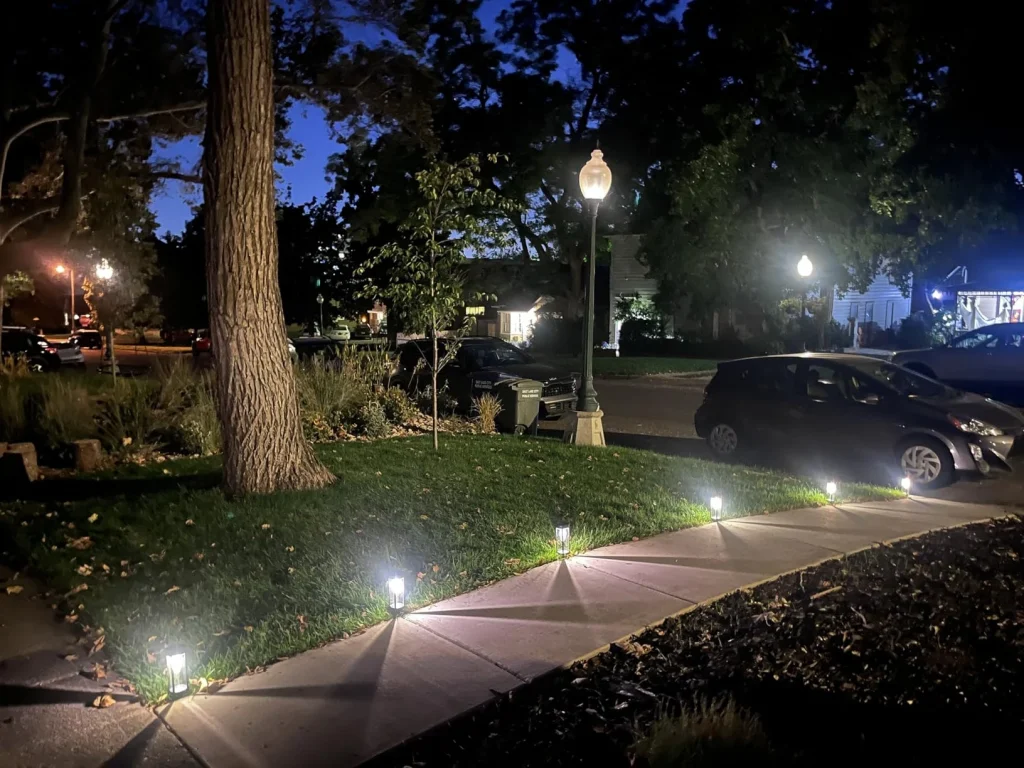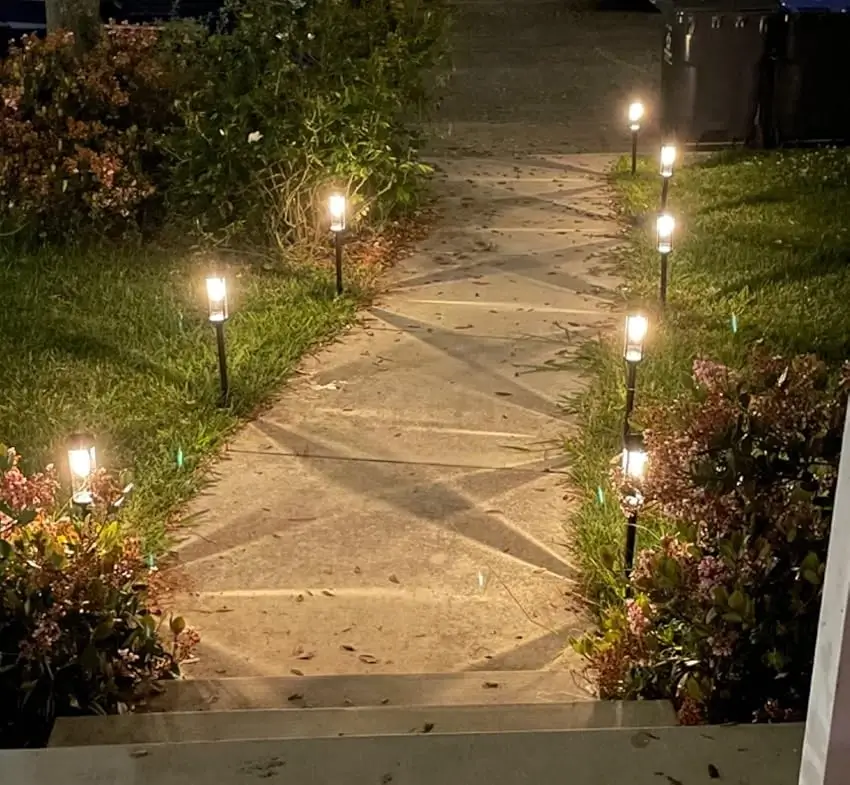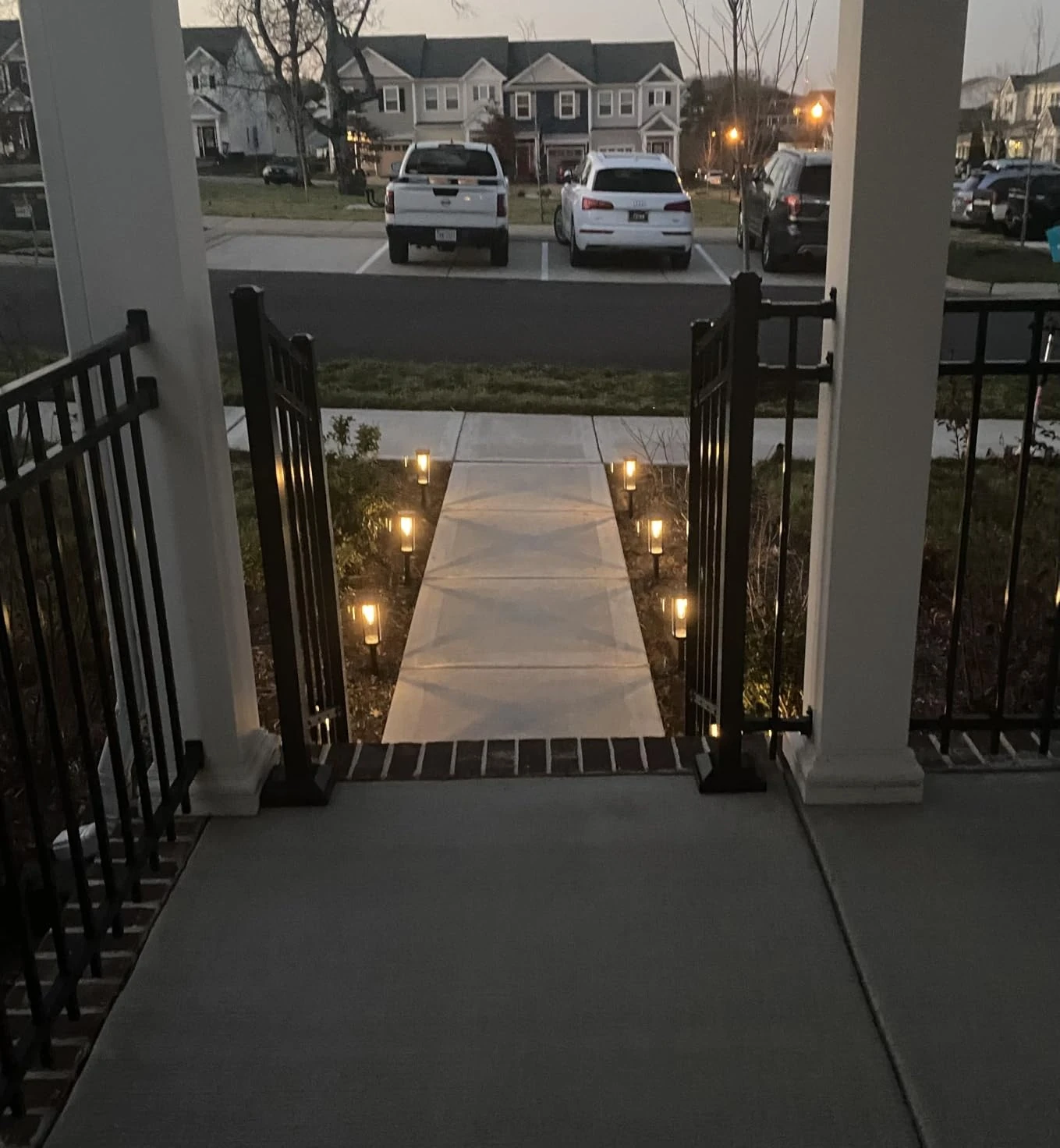The rise of solar power lights has transformed how we illuminate outdoor spaces, offering an energy-efficient lighting solution that aligns with sustainability goals. A frequent question among users is: Do solar power lights require direct sunlight to function effectively? While direct sunlight optimizes their performance, these innovative devices can generate power under various conditions, making them versatile for sustainable outdoor lighting. This article delves into how solar-powered lamps operate, their performance across different environments, and practical strategies to enhance their efficiency, providing a comprehensive guide for homeowners, businesses, and eco-conscious consumers.

Understanding the Mechanics of Solar Power Lights
To address whether solar power lights need direct sunlight, it’s crucial to understand their core components. These lights rely on photovoltaic cells, typically made of silicon, which convert sunlight into electricity via the photovoltaic effect. When sunlight strikes the solar panel, it energizes electrons, creating an electric current that charges a rechargeable battery. This stored energy powers LED lights during the night. Most systems also include a light sensor or motion sensor to automate operation, enhancing energy efficiency.
Unlike grid-powered lights, solar-powered lamps operate independently, making them ideal for off-grid lighting in gardens, pathways, or remote areas. The efficiency of this process hinges on the solar panel efficiency and the amount of light received. While direct sunlight provides the best results, advancements in solar lighting technology allow these systems to function in less optimal conditions, broadening their applicability.
The Importance of Sunlight for Optimal Performance
Direct sunlight delivers the highest levels of solar radiation, enabling solar power lights to charge rapidly. On a clear day, a solar panel can receive up to 1000 watts per square meter, fully charging a rechargeable battery in 4-8 hours for systems like solar street lights. Manufacturers recommend positioning solar-powered lamps in unshaded areas, ideally facing south in the Northern Hemisphere, to maximize solar exposure. This setup ensures the battery stores enough energy to power lights through the night.
However, solar panels don’t rely solely on direct sunlight. They can capture diffuse light—sunlight scattered by clouds or reflected by surfaces—allowing them to generate electricity even on overcast days. While efficiency drops to 10-30% of optimal levels under heavy clouds, high-quality monocrystalline solar panels perform better in low-light conditions, making solar garden lights viable in regions with variable weather.
Performance Across Weather Conditions
Overcast and Cloudy Skies
Cloudy weather reduces the intensity of solar radiation, impacting the charging capacity of solar power lights. On overcast days, solar panels may produce only 10-25% of their maximum output, depending on cloud thickness. However, diffuse light still enables charging, and advanced solar lighting technology, such as Maximum Power Point Tracking (MPPT) controllers, optimizes energy harvest. Some systems even benefit from cloud lensing, where high-altitude clouds amplify sunlight, temporarily boosting performance.
Rain and Snow Challenges
Light rain doesn’t significantly hinder solar-powered lamps, as solar panels can still absorb diffuse light through clouds. Rain also cleans panels by removing dust and debris, improving solar panel efficiency over time. For solar pathway lights, this natural maintenance is a practical advantage. Snow, however, can block sunlight if it accumulates heavily. Modern solar power lights often feature angled panels to shed snow, and light snow allows some solar radiation to penetrate. Interestingly, cold temperatures can enhance solar panel efficiency by reducing electrical resistance in the photovoltaic cells.
Handling Shade and Indirect Light
Shade from trees, buildings, or structures can reduce the output of solar power lights, as even partial shading impacts solar cells connected in series. However, innovations like bifacial solar panels, which capture light on both sides, and microinverters, which optimize individual cell performance, mitigate these challenges. For solar garden lights in shaded areas, selecting monocrystalline solar panels or repositioning lights to minimize obstructions can significantly improve solar exposure.

Can Solar Lights Function Without Sunlight?
A widespread myth is that solar power lights require constant direct sunlight to operate. In reality, they can charge using indirect sunlight or even artificial light, though with limitations. For instance, incandescent bulbs emit a spectrum similar to sunlight, allowing minimal charging, but their low intensity makes this impractical for most applications. Solar-powered lamps are designed to rely on natural light, with rechargeable batteries storing energy for nighttime use. High-capacity batteries in solar street lights can power lights for 5-7 days without sunlight, provided they’re fully charged.
At night, solar power lights depend entirely on stored energy, as solar panels cannot generate electricity without light. A robust battery storage system ensures consistent illumination, even during extended cloudy periods, making solar-powered outdoor lights reliable in diverse climates.
Strategies to Maximize Solar Light Efficiency
To get the most out of solar power lights, consider these practical tips:
- Strategic Placement: Position solar panels to receive maximum solar exposure, ideally south-facing in the Northern Hemisphere, tilted to match the local latitude. Avoid areas prone to shading from trees or buildings.
- High-Efficiency Panels: Opt for monocrystalline solar panels, which offer superior solar panel efficiency in low-light conditions and greater durability for long-term use.
- Routine Maintenance: Clean solar panels regularly to remove dirt, dust, or snow, as these can reduce light absorption. While rainfall helps, manual cleaning with water and a soft cloth may be needed in dry climates.
- Advanced Features: Choose solar power lights with MPPT controllers or smart inverters to optimize energy output. Bifacial solar panels can capture reflected light, boosting efficiency in low-light settings.
- Battery Management: Ensure the rechargeable battery has adequate capacity for nighttime or cloudy days. Periodically check battery health, as degradation can reduce performance.
- Reflective Enhancements: In low-light areas, use reflective surfaces like mirrors to redirect solar radiation onto the solar panel, increasing energy capture.
Benefits of Solar Power Lights
Solar-powered lamps offer significant advantages, making them a top choice for eco-friendly lighting. They reduce reliance on grid electricity, lowering energy costs and environmental impact. Their energy-efficient lighting design, often paired with LED lights and motion sensors, ensures minimal energy waste. Installation is straightforward, requiring no wiring, which makes them perfect for off-grid lighting in remote areas or as solar pathway lights in residential settings.
Their adaptability to various weather conditions enhances their appeal. Whether used as solar street lights in urban environments or solar garden lights in backyards, these systems provide reliable, low-maintenance illumination. They align with global sustainability trends, offering a practical way to embrace renewable energy.
Debunking Common Myths
One misconception is that solar power lights are ineffective in regions with limited sunlight. While performance dips in low-light conditions, modern solar lighting technology ensures functionality across diverse climates. Another myth is that solar panels need constant direct sunlight. As explained, diffuse light and indirect sunlight enable charging, making solar-powered lamps versatile for various applications.
The Future of Solar Lighting
The solar lighting technology landscape is evolving rapidly. Emerging perovskite solar cells promise higher solar panel efficiency and better low-light performance. Improvements in battery storage systems are extending the lifespan of solar power lights, while smart inverters and MPPT controllers optimize energy use. These advancements will make solar-powered outdoor lights even more efficient and accessible, supporting the shift toward renewable energy solutions.
Conclusion
Solar power lights do not strictly require direct sunlight, as they can harness diffuse light and indirect sunlight to generate electricity. While direct sunlight maximizes solar panel efficiency, advancements in solar lighting technology ensure reliable performance in cloudy, shaded, or rainy conditions. By optimizing placement, choosing monocrystalline solar panels, and leveraging smart inverters or bifacial solar panels, users can enhance efficiency. As eco-friendly lighting solutions, solar power lights offer a sustainable, cost-effective way to illuminate outdoor spaces, paving the way for a greener future.


Leave a Reply